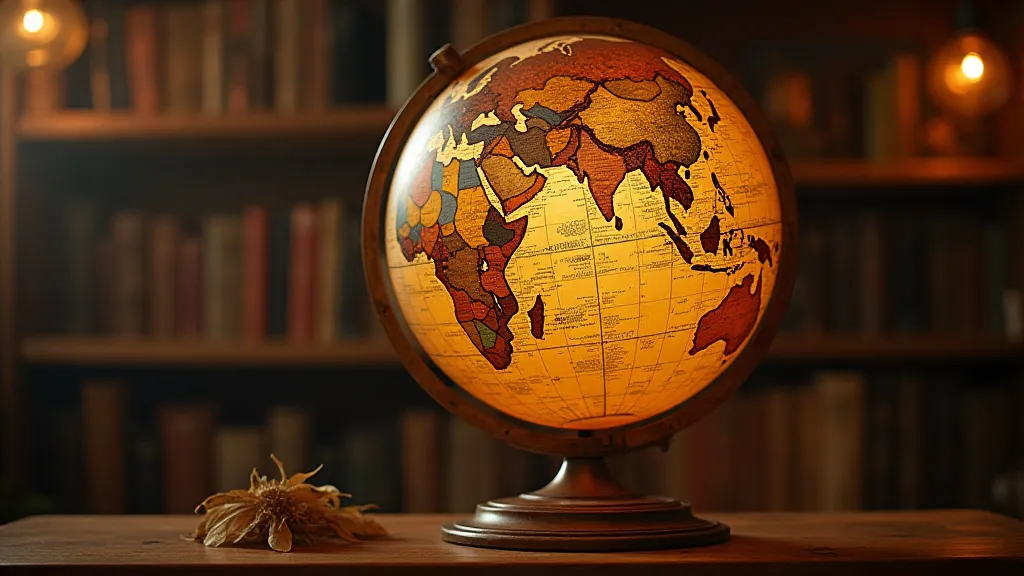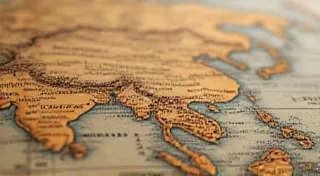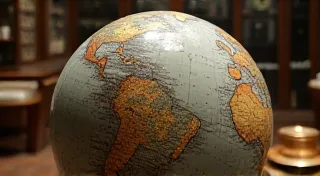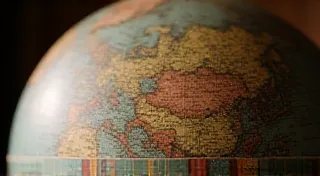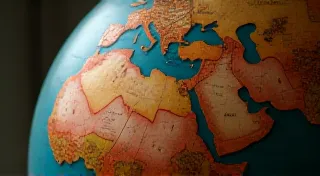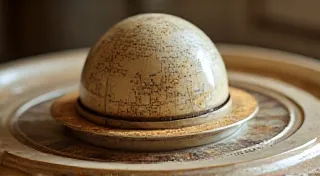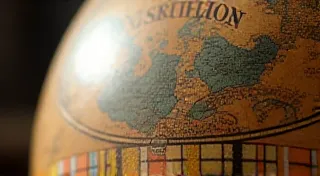The Art of Cartouche Restoration: Recreating Lost Details
Cartouches, those ornate frames surrounding map titles and legends on antique globes, are a crucial element of their aesthetic and historical value. Often overlooked in general globe repair, cartouche restoration is a specialized skill requiring a delicate balance of art, historical understanding, and careful technique. This guide explores the intricacies of cartouche repair, focusing on recreating lost details while preserving the original style and artistic merit.
Understanding the Significance of Cartouches
Before embarking on any restoration work, it's vital to appreciate the cartouche's role. Beyond their decorative function, cartouches contain vital information: the globe's maker, date of creation, and often, important geographical information. They are miniature works of art, frequently featuring intricate lettering, decorative motifs, and sometimes even small portraits. The designs and styles are closely intertwined with the prevailing cartographic techniques of the era; a fascinating area of study for those interested in the influence of exploration on antique globe cartography. Damage to a cartouche can significantly impact a globe's authenticity and value.
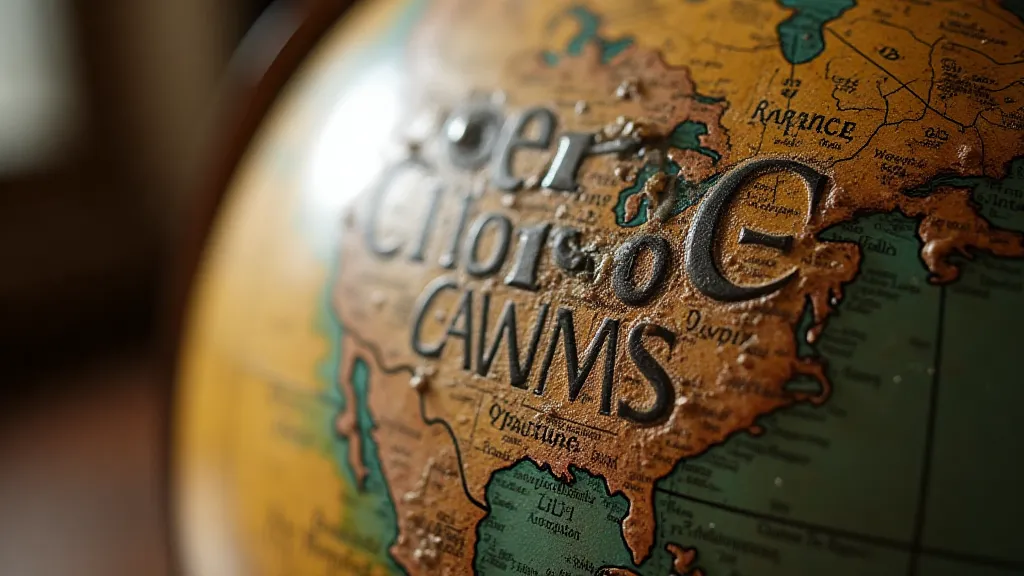
Common Cartouche Damage
Cartouches on antique globes suffer from a variety of problems, often exacerbated by age, handling, and environmental factors. Common issues include:
- Paint Loss: This is the most frequent issue, occurring as paint flakes or fades over time. The loss can be particularly devastating when intricate details are involved, making recreation exceptionally challenging.
- Tears and Cracks: Paper cartouches can easily tear, and the paint itself can crack. The fragility of the paper is often linked to the quality of paper used at the time of manufacture, which sometimes employed less durable materials.
- Loss of Detail: Intricate details within the cartouche, such as lettering or small illustrations, may be completely lost. This can represent a significant loss of historical information and artistic merit.
- Discoloration & Staining: Exposure to moisture and pollutants can cause staining and discoloration. This is a common problem, especially for globes that have been stored improperly or have suffered water damage.
- Paper Degradation: The paper itself can become brittle and fragile, making it prone to further damage. Understanding the factors that contribute to paper degradation, such as acidity and light exposure, is crucial for preventative conservation efforts.
- Loss of Cartouche Support: While less common than other issues, the structure *behind* the cartouche can also degrade, weakening the entire assembly.
Restoration Techniques: A Delicate Approach
Restoring a damaged cartouche is a meticulous process. The overarching goal is to recreate lost detail while respecting the original artistic intent and historical context. It's a nuanced skill, often requiring a deep understanding of how maps were constructed and embellished during specific historical periods. Here's a breakdown of the key techniques:
1. Cleaning & Stabilization
The first step is careful cleaning. This involves removing surface dirt and grime using specialized conservation cleaning solutions. Crucially, stabilization is essential. Loose pieces of paint or paper must be carefully reattached using conservation-grade adhesives. This prevents further loss. Often, this stabilization process requires not only reattaching pieces, but also strengthening the paper with Japanese tissue, an accepted conservation practice.
2. Recreating Lost Details
This is where the true artistry comes into play. Several methods can be used, depending on the extent of the damage:
- Paint Matching: Accurately matching the original paint colors is paramount. This often requires careful analysis and mixing of pigments. The pigments used centuries ago often contain ingredients that are difficult to replicate exactly, so even experienced restorers may need to find a close approximation.
- Hand-Painting: Using fine brushes, the missing details are carefully hand-painted, replicating the original style and lettering. This often requires an understanding of the calligraphy and illustrative styles prevalent at the time the globe was created.
- Tracing & Re-Inking: In some cases, if faint traces of the original detail remain, these can be traced and then carefully re-inked. This technique is most effective when a portion of the original design is still visible, allowing the restorer to "fill in the blanks."
- Paper Repair & Patching: Torn paper can be repaired using Japanese tissue and conservation-grade adhesive. In cases of extensive loss, small patches of similar paper may be carefully integrated. This is often used when a substantial portion of the cartouche is missing and the structural integrity of the paper is compromised.
- Cartouche Reconstruction: In extreme cases where the cartouche is so damaged that it's beyond repair, a complete reconstruction may be considered. This is a complex and controversial procedure, and should only be undertaken by highly skilled conservators.
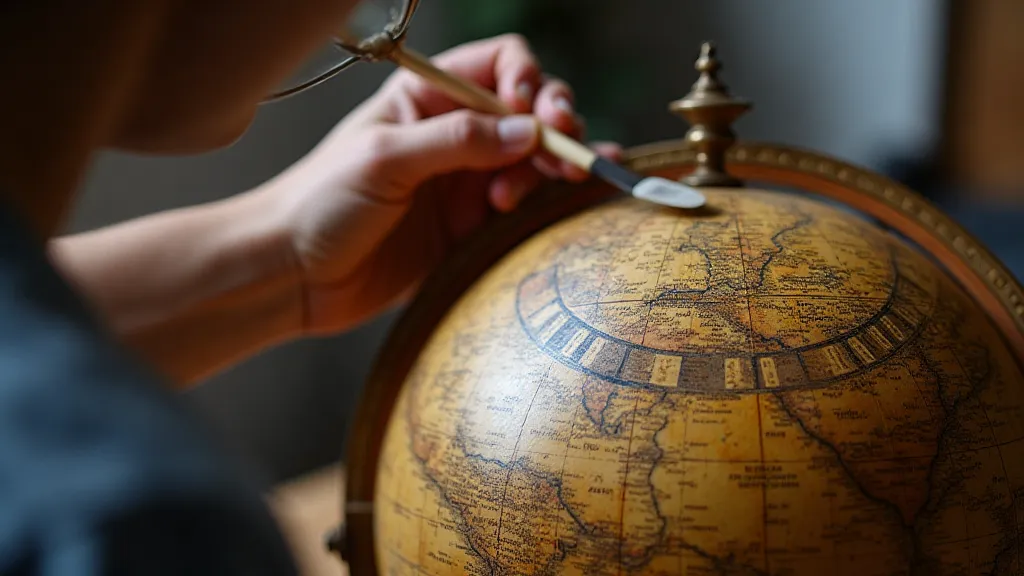
4. Aging & Blending
Newly restored areas must be carefully aged and blended to match the surrounding original finish. This involves subtle techniques to create the illusion of age, ensuring a seamless integration of the restored areas. These techniques can include applying subtle washes of color, distressing the surface, and even using specialized aging solutions. The goal is to make the restored area appear as if it has always been there.
5. Documenting the Process
Thorough documentation is essential for any conservation project. Detailed photographs and written records should be kept of the original condition, the restoration process, and the materials used. This documentation serves as a record of the intervention and allows future conservators to understand the work that was done.
Ethical Considerations
Ethical considerations are paramount in antique globe restoration. The goal is to preserve the globe's historical integrity, not to create a perfect replica. The extent of restoration should be minimal and justified. Restoration work should be reversible whenever possible, and all interventions should be clearly documented. It’s important to resist the temptation to "improve" the cartouche or to alter its original design. Knowing recognizing fake antique globes can help guide the assessment of authenticity and appropriate treatment.
The Interplay of Cartography and Globe Design
The cartouche isn't simply a decorative element; it's an integral part of the globe's cartographic narrative. It provides valuable context about the maker, the date, and the intended audience. Understanding the evolution of map projections is also key to appreciating the significance of the cartouche. The changing forms and details reflect the advancement of geographical knowledge and the artistry of the era. Those interested in the development of cartography may find the evolution of map projections on antique globes a fascinating study.
Conclusion
Cartouche restoration is a specialized and demanding skill. It requires a deep understanding of cartography, a keen eye for detail, and a steady hand. When done correctly, it can breathe new life into damaged antique globes, preserving a piece of history for generations to come. The combination of artistic talent, historical knowledge, and meticulous technique makes cartouche restoration a truly unique and rewarding profession.
